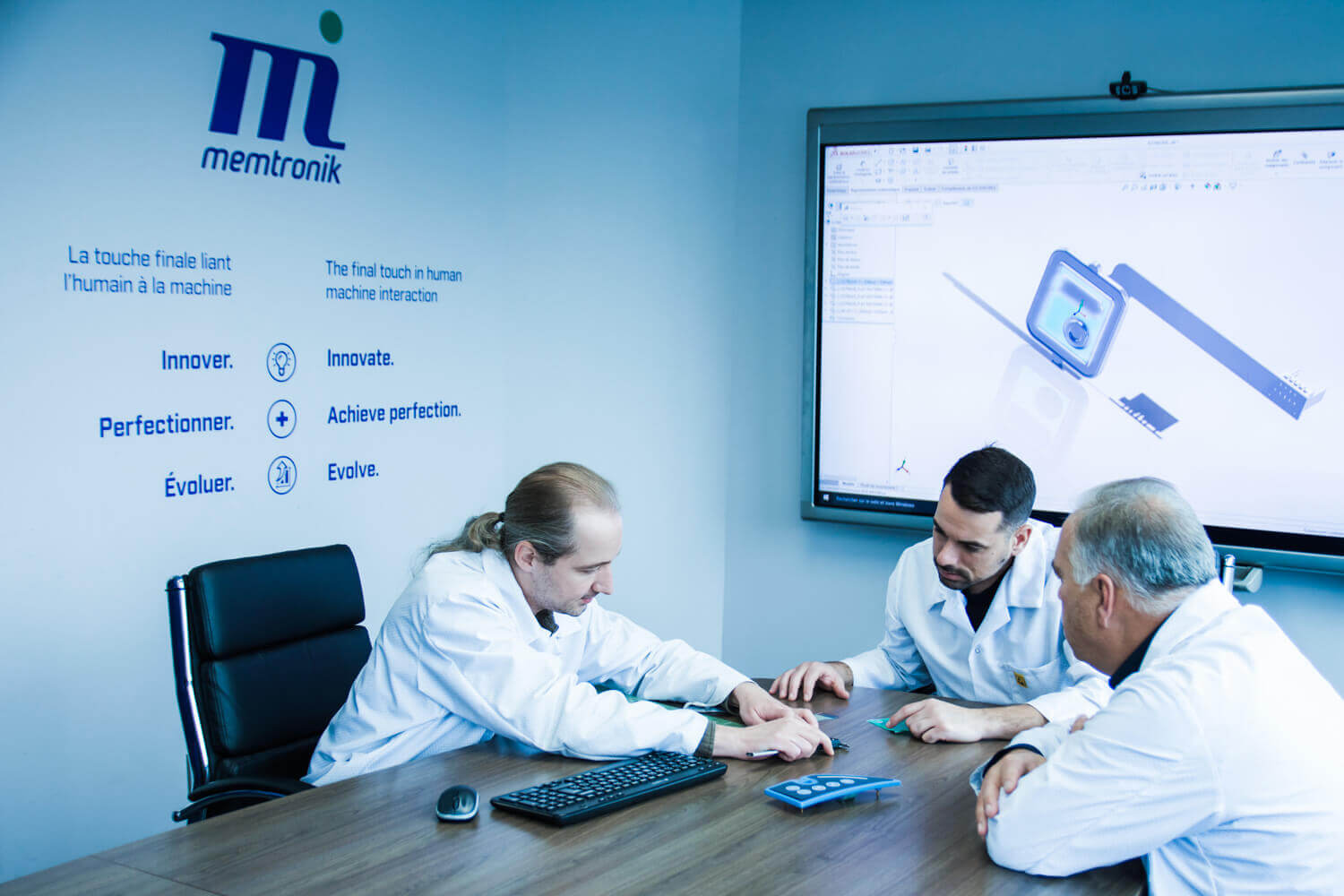After years of R&D, design, and testing, on top of having carefully selected your materials and manufacturing techniques, your product is finally starting to take form. But did you consider creating a human-machine interface (HMI) design that will do it justice?
Graphic overlays play an essential role in your machine’s success. If they’re too simple, they can come across as low-end. If they’re too elaborate, users won’t want to bother with them. It’s up to designers to face the daunting task of finding the perfect balance between aesthetics and usability to respond to consumers’ needs.
As long as you keep the following 4 principles in mind, you’ll be able to tackle the challenge with relative ease!
- Eliminate irritants
When it comes to interface design, always keep the human top-of-mind. In order to ensure your product’s success, you need to reduce the number of irritants that stand in the way of streamlining its usability. To identify these pain points, understanding your future users is a must. Get to know their goals, the context in which they will be using the machine, their level of familiarity with the technology, and the type of aesthetic they enjoy. The clearer the image is in your mind, the easier it will be for you to create an interface that meets their needs.
- Focus on value-added elements
In the world of HMI, aesthetics aren’t worth much without usability: above all else, design needs to provide a solution to a problem. During the design process, approach each step by asking yourself, “why?” Does this element add value to the product or experience? Is it useful? If the answer is no, you’ll need to go back to the drawing board.
- Choose the most appropriate technology
Touch screens, backlighting, thermochromic ink, capacitive keys, contactless keyboards … all of these elements can add to the user experience, as long as they’re necessary! If they don’t facilitate the use of the machine, they’re essentially pointless, and can actually be perceived as irritants.
Additional reading: The many benefits of choosing membrane switches
- Prioritize clarity
The user interface is the link between humans and machines. It must therefore be designed to facilitate these types of interactions. A good design is clear, simple, and recognizable. It makes users feel confident, and gives them a sense of being in control. At first glance, they need to be able to predict what will happen when they press any given button, and be sure that they will be able to use the device without any unpleasant surprises.
Beyond these high-level principles, one last ingredient is essential for foolproof human-machine interface design: experience. After collaborating on countless projects, experts are able to accumulate a wealth of in-depth knowledge regarding components, materials, and user behaviour that allows them to create optimized interfaces for a great price.
For a renewed experience of your projects, trust Memtronik instead! It would be our pleasure to share our expertise with you.

